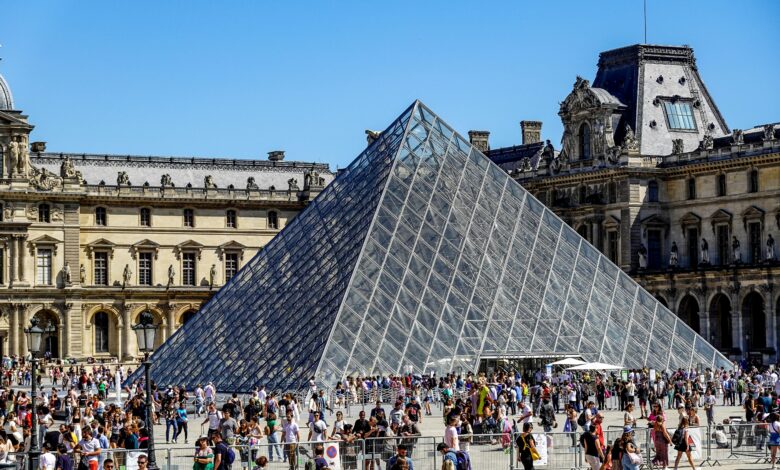How to Celebrate Famous People Who Were on the Titanic

When the RMS Titanic set sail on its maiden voyage from Southampton to New York City on April 10, 1912, it carried more than 2,200 souls, each with their own story. Among them were some of the most illustrious figures of the day—artists, businessmen, and aristocrats whose lives and legacies were either cut short or forever altered by the disaster. The tragedy of the Titanic is not just in its sinking, but in the individual stories of those on board. This post is dedicated to celebrating the famous individuals associated with the Titanic, exploring their contributions to society, how they are commemorated today, and offering ideas for how history buffs and Titanic enthusiasts can honor their memories.
Famous Passengers
The Titanic’s passenger list read like a who’s who of the early 20th century’s elite. Among them were John Jacob Astor IV, one of the wealthiest people in the world at the time; Benjamin Guggenheim, a mining magnate; and Isidor Straus, co-owner of Macy’s department store, along with his wife Ida. There was also Thomas Andrews, the ship’s architect. Each played a significant role in their respective fields, contributing to business, architecture, and philanthropy. Their stories on the Titanic—from the Strauss’ legendary refusal to be parted in life or death, to Guggenheim changing into evening wear to meet his destiny—are poignant reminders of the human element behind historical events.

Commemoration
Today, these individuals are remembered in various ways. Memorials and plaques honoring the lives lost can be found in cities around the world. Museums dedicated to the Titanic, like the Titanic Belfast in Northern Ireland and the Titanic Museum Attraction in Branson, Missouri, offer insights into the lives of these passengers. Annual commemorations, such as the ones held in Halifax, Nova Scotia, where many Titanic victims are buried, help keep their memories alive.
Celebration Ideas
For those looking to actively celebrate the famous people who were on the Titanic, there are several thoughtful and engaging ways to do so:
- Visit Memorials and Cemeteries: Travel to locations significant to the Titanic’s story, such as the Titanic Memorial in Washington, D.C., or the gravesites in Halifax, Nova Scotia. Paying respects at these sites can be a powerful experience.
- Explore Museums and Exhibits: Engaging with the Titanic’s history through interactive exhibits can offer new perspectives on those who were aboard. Many museums offer special tours and events on the anniversary of the sinking.
- Attend or Host Commemorative Events: Join Titanic historical societies or online community forums to find out about annual commemorative events. Consider hosting your own evening with a Titanic-themed dinner reminiscent of the last meal served on board, using menus recreated from the ship’s records.
- Engage with Art and Literature: Read books and watch films about the Titanic, paying special attention to stories of its notable passengers. Artworks and plays inspired by the Titanic also offer creative interpretations of the disaster and its impact.
Conclusion
Remembering the famous passengers of the Titanic is about more than just fascination with their wealth or status; it’s about acknowledging their contributions to society and the indelible marks they left behind. By celebrating their lives, we keep their legacies alive and add a personal dimension to a century-old story that continues to captivate.
I encourage readers to share their own ideas and experiences related to commemorating the Titanic and its passengers. Whether through travel, education, or creative expression, there are countless ways to honor the memory of those on the ill-fated voyage. Together, we ensure that the stories of the Titanic’s passengers, famous and otherwise, are never forgotten.
Engage with us further by sharing this post with fellow history enthusiasts and Titanic aficionados. Your thoughts and commemorations contribute to the collective memory of one of the most significant maritime disasters in history.



